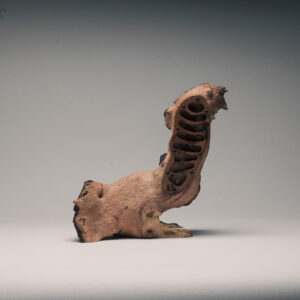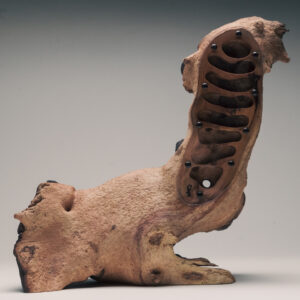Showing all 10 results
Foranto's nests are made from both native wood species, i.e. beech, oak, ash, hornbeam, robinia, apple, walnut, pear or cherry, as well as non-locally occurring species, i.e. paduk, azobe, iroko, meranti, almond or olive wood. Each piece is carefully inspected and then processed with hand tools of the craftsman and power tools. After hollowing out ant tunnels and smoothing everything out, we protect the wood with linseed oil. We store the scraps and leftovers and reuse them to make smaller nests. We do not waste materials because we realize that natural resources are not unlimited.
We can confidently say about ourselves that we are an eco-friendly brand, because our nests are made mostly of natural materials, and we are not indifferent to the fate of the planet. Every day we think about how to be even more zero waste, without adding our contribution to environmental pollution. Large wooden ant nests are the best example of this, because even if they are returned to nature one day, they will decompose naturally.
For real enthusiasts – large nests for ants Foranto
Passion – this is where it all started. We spent many hours learning about the characteristics of different types of wood. We checked how each of them behaves in adverse conditions and whether it would be able to become a home for creatures that have inspired us for a long time with their industriousness. After all, the phenomenon of ant farming lies in active observation, which can give as much joy as owning a dog or cat. Knowing this, we combined our love of woodworking with our love of ant breeding.
Foranto's nests are proof that with passion, you can do unique things that you won't find anywhere else in the world. The offer of large ant nests is aimed at people who own single-family houses or apartments with a large area. This type of nests will look best in solitude, being peculiar works of art.
Large ant nests also provide space for creative activities, which will further emphasize the qualities of the product. We are talking about epoxy resin fillings, original layout of chambers and unobvious shapes. Sometimes these kinds of details can give the nest a unique character, making it one of a kind.
In agreement with nature
Nature is extremely important to us. It is thanks to her that we can do what we do and enjoy it. We have great respect for her, which we try to show our customers. We get from her not only the materials for our outlets, but also a daily dose of inspiration. By using natural linseed oil to protect large ant nests, we subscribe to an environmentally friendly attitude, which we feel is the only right way. The fact that we are using wood instead of plastic also speaks for this.
- Large wooden ant nests will shelter species such as:
- Camponotus singularis
- Camponotus cruentatus
- Camponotus herculeanus
- Camponotus turkestanus
- Camponotus vagus
- Camponotus fallax
- Camponotus sylvaticus
- Camponotus maculatus
- Camponotus habereri
- Camponotus irritans
- Camponotus ligniperda
- Camponotus barbaricus
- Camponotus nicobarensis
- Camponotus fedtschenkoi
- Tetraponera rufonigra.
These are ants of somewhat larger size, often forming numerous colonies. In their natural habitat, some of the listed species nest in trees or in decayed pieces of wood, which is a good indication that they will also find their way into Foranto's large nests.



















